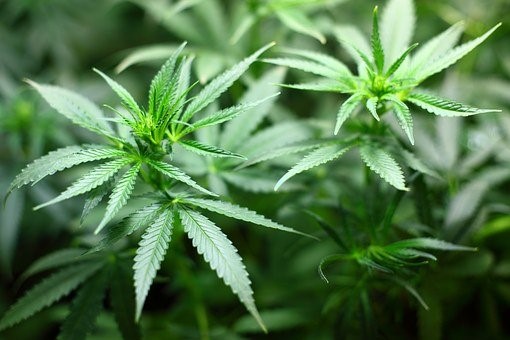How Cannabis Seeds Affects The Brain?
As people are getting busier with their lives and experiencing a more hectic schedule, they are looking for various ways of finding an escape from the increasing levels of stress. Amidst all this, cannabis is shining bright as it’s getting popular as an herbal way of recreational stress release. A lot of people are enjoying it in various ways such as joint, vaporizing pens, glass bongs and even through edible candies. When consumed in either way, cannabis sends hundreds of instructions to your brain. Seeing it’s amazing qualities and benefits, people are getting more inclined towards growing it themselves to maintain the quality of the product that they are consuming and enjoying the best strains that they might not be able to source from legal government weed or sketchy third parties.
However, if you are interested in understanding the unique effects that cannabis has on the brain, in that case, you will have to break down the plant into its individual components. There would be only a few individuals who would be aware that there are over a hundred identified cannabinoids in a single cannabis plant. But there’s one component that has a strong relationship to the brain and that is tetrahydrocannabinol, better known as THC.
The Astonishing Effects Of THC
The most studied cannabinoid found in marijuana is THC (tetrahydrocannabinol) and wasn’t discovered until the 1940s but even before that cannabis seeds were used for recreational, medicinal, and religious purposes. However, it’s important to understand that when you talk about the effects of smoking marijuana, THC is not everything you’re talking about. Various studies that were conducted on THC has revealed that it causes effects like increased appetite, reduced nausea, altered sense of time, changes in visual perception, and not to forget, the euphoric ‘high’.
These effects are known to last up to four hours and then it gradually returns you to your normal state; however, the effect can vary on your dosage. Many people like to consume cannabis through edibles and experience the effects more slowly but the effects last longer.
THC & Neurotransmission
The body’s messaging system – neurotransmission is what you need to know about before you can properly understand the effects of THC on the brain. Our body has various receptors, which openly welcomes THC, allowing it to switch up its normal messaging process. The neurons have receptor and THC engages with it, telling the neuron to fire off neurotransmitters to induce an effect. There are two major types of receptors in particular that THC interacts with: CB1 receptors and CB2 receptors. The former is primarily located in the central nervous system, including the brain; however, the latter is primarily involved with the immune system.
The Endocannabinoid System
Studies on cannabis and THC have given answers to a lot of questions but the researchers were still plagued with one big question and that was why the body lets THC bind to these receptors to start with? More studies showed that when natural chemicals present in the body interacted with these receptors, it started producing its own cannabinoids. These natural cannabinoids were given the name of endocannabinoids and since THC mimicked anandamide in the body, it combines with the natural endocannabinoid system, altering the brain and body. Cannabinoids coming from weed has a much stronger effect on the system, giving a pleasurable high than anything anandamide could naturally produce.
Impacts Of THC on Different Parts of the Brain
The human brain is divided into different sections and these parts control various parts of thinking, behavior, and movement. Let’s see how THC affects the receptors in these parts of the brain.
Amygdale:
also known as the emotion center of the brain, this part helps you to recognize and interpret feelings and threats. When cannabis is consumed in too much quantity, receptors in the amygdala cause some people to feel paranoia; however, this doesn’t happen all the time.
Nucleus Accumbens:
reward center of the brain, nucleus accumbens uses the neurotransmitters dopamine and serotonin to regulate desire and inhibition. This is where THC triggers the famous high.
Hippocampus:
here you take in and store new information. So, when you are under the high of cannabis seed, you will tend to have a poor memory.
Cerebellum:
regulating coordination and making sure your voluntary movements are precise as well as fluid cerebellum allow THC to make you a little clumsy and unbalanced.
Hypothalamus:
hormones producing part of the brain brings out hunger, sex, thirst, mood, and sleep. If you feel certain carvings and like to eat something, you can put the entire blame on THC.
Brain Stem & Spinal Cord:
it works by transmitting information from the brain to the rest of the body. When you consume marijuana or cannabis seeds, its medicinal properties work here, reducing nausea and sensations of pain.

